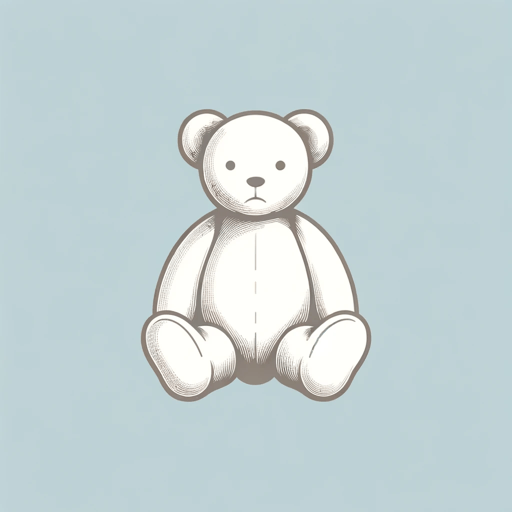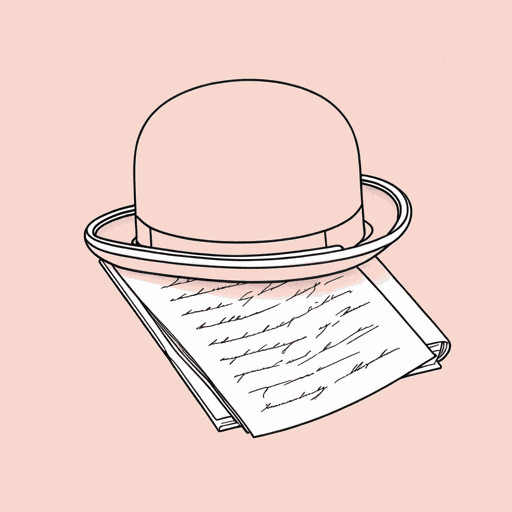52 pages • 1 hour read
Evelyn WaughBrideshead Revisited
Fiction | Novel | Adult | Published in 1945A modern alternative to SparkNotes and CliffsNotes, SuperSummary offers high-quality Study Guides with detailed chapter summaries and analysis of major themes, characters, and more.
Background
Critical Context: Gay Desire in Brideshead Revisited
Since its publication in 1945, Brideshead Revisited has been read as a novel that addresses queer desire. The responses to this reading have varied enormously over time, though acceptance of the gay undertones in Sebastian and Charles’s relationship (and the inclusion of an overtly gay character, Anthony Blanche) has not faced a linear increase. The novel’s early reception was largely positive, a stance that would later confound Waugh, who confessed to disliking the novel in his later years.
The novel’s piety and adherence to religion as the path to any possible happiness meant it faced little criticism for its inclusion of queer characters. Yet critics agreed that “homosexuality” (as it was then commonly termed) was a prevailing theme; psychoanalytic studies in the 1950s cited Sebastian’s intense affection for Aloysius the bear, even into adulthood, as a symbol of queerness as originating in a failure of normative sexual development (Stevenson, Olive, and D. W. Winnicott. “The First Treasured Possession: A Study of the Part Played by Specially Loved Objects and Toys in the Lives of Certain Children.” The Psychoanalytic Study of the Child, vol. 9, no. 1, 1954, pp. 199-217). Critics in the 1980s and 1990s began to address Brideshead’s presentations of queer desire more neutrally, some terming it as a “closet drama,” a nod to the notion of the “closet” as a state of concealed sexuality and the broader Closet Drama 







Related Titles
By Evelyn Waugh




